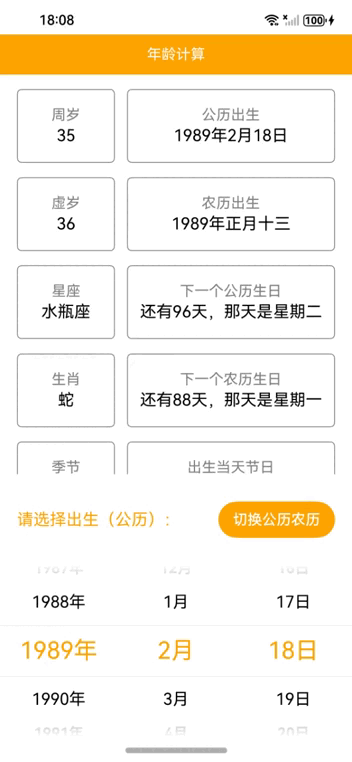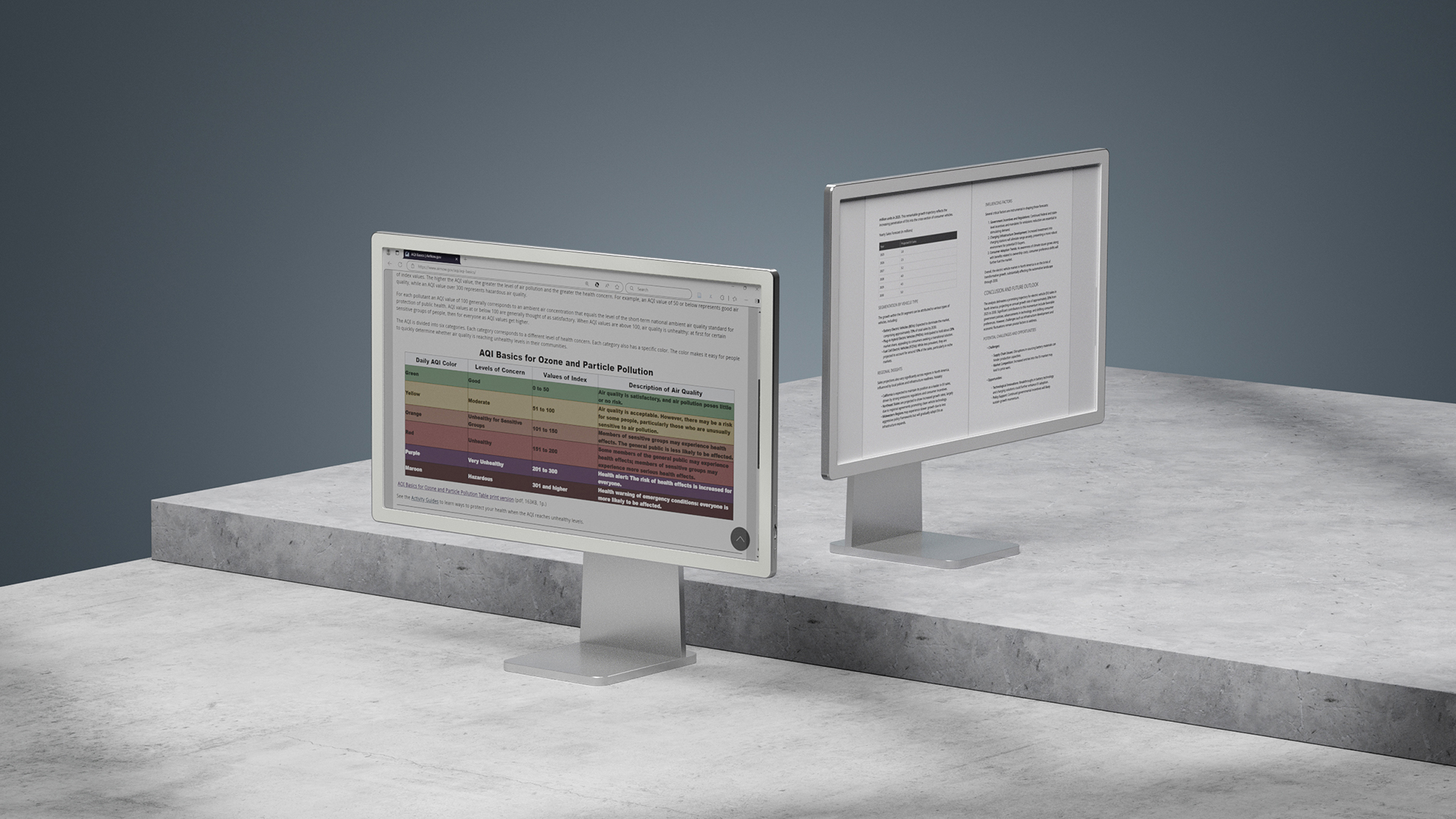Understanding Client-Server Architecture
Client-Server Architecture: The Basics When you're diving into web development, you’ve got to understand how client-server architecture works. It’s the backbone of pretty much every web app. Let's break it down in simple terms. What’s a Client? A client is basically any device or app that makes requests to a server. Think of it like the "requester" in the equation. It could be: A web browser (like Chrome or Firefox) loading a webpage A mobile app asking for user info An IoT device sending sensor data The client asks the server for information or resources, and then displays that data (like showing a webpage or app content). What’s a Server? The server is where all the magic happens behind the scenes. It’s a system that listens for requests, processes them, and sends back the right data. Servers are responsible for things like: Pulling data from a database Running business logic Returning the results (usually as JSON, HTML, etc.) In short, the server takes requests, does its job, and responds. How Do They Work Together? Here’s a quick look at how the process usually goes: Client Request: You type https://example.com/profile in your browser. The client (browser) sends a request to the server asking for profile data. Server Processing: The server checks if you’re logged in, fetches the data from the database, and prepares the response. Server Response: The server sends back the data, usually in JSON format. Client Rendering: The client (browser) takes that data and displays it in a way you can interact with (like showing your profile). Why Does This Matter? Modularity: Since the client and server are separate, you can build and update them independently. A mobile app can talk to the same server as a website. Scalability: You can scale the server to handle tons of clients — whether it's web browsers, mobile apps, or IoT devices. Maintainability: You can keep frontend and backend development separate, so teams can work on either side without stepping on each other’s toes. Real-World Example: A Restaurant Imagine a restaurant as a metaphor for the client-server model: Client = Customer (places the order). Server = Kitchen (prepares and serves the food). Request = Customer asks for a dish (client request). Response = Waiter brings the food back (server response). It’s a simple way to see how client-server communication works in the real world. Best Practices for Client-Server Communication Statelessness: Each request should be treated as a new one. The server doesn’t need to remember past requests — this helps scale things better. Caching: Save commonly requested data (like a popular webpage) to speed things up. Error Handling: Don’t just let things break. Handle errors with clear responses, like 404 for not found or 500 for server issues. So yeah, that’s the basics of client-server architecture! Knowing this helps you build apps that are easy to maintain, scalable, and efficient. The client focuses on showing stuff, and the server handles the data and logic — together they make things run smoothly.

Client-Server Architecture: The Basics
When you're diving into web development, you’ve got to understand how client-server architecture works. It’s the backbone of pretty much every web app. Let's break it down in simple terms.
What’s a Client?
A client is basically any device or app that makes requests to a server. Think of it like the "requester" in the equation. It could be:
- A web browser (like Chrome or Firefox) loading a webpage
- A mobile app asking for user info
- An IoT device sending sensor data
The client asks the server for information or resources, and then displays that data (like showing a webpage or app content).
What’s a Server?
The server is where all the magic happens behind the scenes. It’s a system that listens for requests, processes them, and sends back the right data. Servers are responsible for things like:
- Pulling data from a database
- Running business logic
- Returning the results (usually as JSON, HTML, etc.)
In short, the server takes requests, does its job, and responds.
How Do They Work Together?
Here’s a quick look at how the process usually goes:
Client Request: You type
https://example.com/profilein your browser. The client (browser) sends a request to the server asking for profile data.Server Processing: The server checks if you’re logged in, fetches the data from the database, and prepares the response.
Server Response: The server sends back the data, usually in JSON format.
Client Rendering: The client (browser) takes that data and displays it in a way you can interact with (like showing your profile).
Why Does This Matter?
- Modularity: Since the client and server are separate, you can build and update them independently. A mobile app can talk to the same server as a website.
- Scalability: You can scale the server to handle tons of clients — whether it's web browsers, mobile apps, or IoT devices.
- Maintainability: You can keep frontend and backend development separate, so teams can work on either side without stepping on each other’s toes.
Real-World Example: A Restaurant
Imagine a restaurant as a metaphor for the client-server model:
- Client = Customer (places the order).
- Server = Kitchen (prepares and serves the food).
- Request = Customer asks for a dish (client request).
- Response = Waiter brings the food back (server response).
It’s a simple way to see how client-server communication works in the real world.
Best Practices for Client-Server Communication
- Statelessness: Each request should be treated as a new one. The server doesn’t need to remember past requests — this helps scale things better.
- Caching: Save commonly requested data (like a popular webpage) to speed things up.
- Error Handling: Don’t just let things break. Handle errors with clear responses, like 404 for not found or 500 for server issues.
So yeah, that’s the basics of client-server architecture! Knowing this helps you build apps that are easy to maintain, scalable, and efficient. The client focuses on showing stuff, and the server handles the data and logic — together they make things run smoothly.










































































































































































![[The AI Show Episode 146]: Rise of “AI-First” Companies, AI Job Disruption, GPT-4o Update Gets Rolled Back, How Big Consulting Firms Use AI, and Meta AI App](https://www.marketingaiinstitute.com/hubfs/ep%20146%20cover.png)




























































































































![[FREE EBOOKS] Offensive Security Using Python, Learn Computer Forensics — 2nd edition & Four More Best Selling Titles](https://www.javacodegeeks.com/wp-content/uploads/2012/12/jcg-logo.jpg)



![Ditching a Microsoft Job to Enter Startup Purgatory with Lonewolf Engineer Sam Crombie [Podcast #171]](https://cdn.hashnode.com/res/hashnode/image/upload/v1746753508177/0cd57f66-fdb0-4972-b285-1443a7db39fc.png?#)
































































































































































































































-xl.jpg)













![As Galaxy Watch prepares a major change, which smartwatch design to you prefer? [Poll]](https://i0.wp.com/9to5google.com/wp-content/uploads/sites/4/2024/07/Galaxy-Watch-Ultra-and-Apple-Watch-Ultra-1.jpg?resize=1200%2C628&quality=82&strip=all&ssl=1)













![Apple M4 iMac Drops to New All-Time Low Price of $1059 [Deal]](https://www.iclarified.com/images/news/97281/97281/97281-640.jpg)
![Beats Studio Buds + On Sale for $99.95 [Lowest Price Ever]](https://www.iclarified.com/images/news/96983/96983/96983-640.jpg)

![New iPad 11 (A16) On Sale for Just $277.78! [Lowest Price Ever]](https://www.iclarified.com/images/news/97273/97273/97273-640.jpg)






































![Apple's 11th Gen iPad Drops to New Low Price of $277.78 on Amazon [Updated]](https://images.macrumors.com/t/yQCVe42SNCzUyF04yj1XYLHG5FM=/2500x/article-new/2025/03/11th-gen-ipad-orange.jpeg)



![[Exclusive] Infinix GT DynaVue: a Prototype that could change everything!](https://www.gizchina.com/wp-content/uploads/images/2025/05/Screen-Shot-2025-05-10-at-16.07.40-PM-copy.png)























































